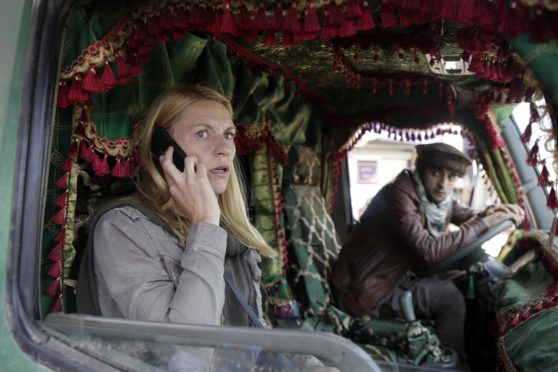
Good things come to those who wait – unless you’re a Game Of Thrones fan, of course.
Those who stuck with Homeland over the course of its eight series had a better time than those who stuck with the fantasy epic though – at least in terms of a finale.
The first series, which featured Damian Lewis as a US POW-turned-traitor, made it seem like we were in for a thrilling game of cat-and-mouse.
We were, for a while.
That sort of suspense couldn’t be maintained for this length of time, and Lewis left the show in the third series in fairly gruesome fashion.
Homeland didn’t shy away from these sorts of moments, though. No show since 24 has revelled in twists, high-stakes deadlines and often brutal interrogations.
And it was the same in the slightly demented final episode. Clare Danes’ Carrie turned her frightening skills on her own boss and father figure, Saul, in order to prevent nuclear armageddon.
Well, no one said the show was realistic.
Homeland will be remembered as a few things – one of them as being a show rather unique in having a complicated character with mental health problems as protagonist.
We might miss Carrie’s chaotic energy but, a bit like 24’s Jack Bauer, who knows if we’ve really seen the last of her…
Homeland, Channel 4
Isolation Stories, ITV
Human ingenuity has helped us through the lockdown, whether it was pre-existing technology, like video calling, or things people have come up with since it has happened – such as pouring your wine into a mug so the boss can’t see you skulling CabSauv on the 11am conference call.
ITV have their own remarkable achievement in Isolation Stories. Turned around in the space of a few weeks, the tales of lockdown life started last Monday.
Sheridan Smith was excellent as always, using her real-life pregnancy to tell the tale of a woman about to give birth alone.
Any chance of some more, ITV?

Enjoy the convenience of having The Sunday Post delivered as a digital ePaper straight to your smartphone, tablet or computer.
Subscribe for only £5.49 a month and enjoy all the benefits of the printed paper as a digital replica.
Subscribe